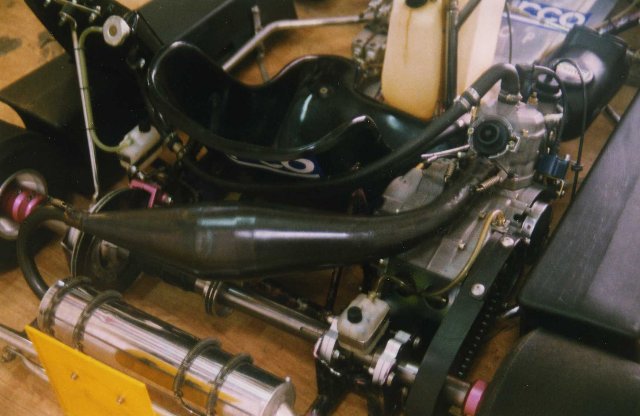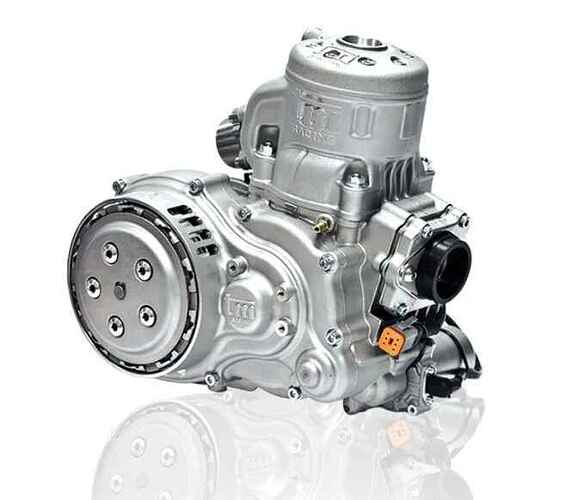Pretty close, but you will likely have to drop the max jet.
The Titan should come with the following:
Needle: K98
Tube: DP268
Min:B48/60
Max:180
That is a good baseline for warm weather break-in, with the caveat that you may want to drop the max jet quite a bit after first start up and seeing how the engine reacts (about 5 points or so like a 175 is a good start but depends on many factors). During break-in, if you are not experienced, you can also opt to swap out the min for a CD1/70 or CD1/72. This will give plenty of fuel (and lubrication) at low rpm if the driver has the bad tendency to lift up for a long time and “ride the engine RPMs down”. Once the break-in is over (about 2 liters of fuel for a top end, 4 for a lower if you want to be super safe), you can swap the tube for a DQ268 and start playing around with jetting.
My go-to setting for warm to mild cold weather practice is:
DQ268
B52/60
[email protected]
Max 172/175/178 depending on temps (mild california weather)
I run MS98 leaded with 4% ELF 909. In order of priority, I would get max jet series from 160 to 180.Then once you get into it, optional needles K22,K23, K28 and tubes DQ +/- 2 points from the baseline above. Minimum jets +/- 4 from the baseline above. That will last you a lifetime of fiddling around. Spark plug always 105. Again, very generic indication that does not cover extremes, rain etc
The important part in break in, assuming engine is new out of the box or rebuilt with correct tolerances:
1)Pre-warm up the engine on the stand. Start it in first and keep it there. I personally don’t like leaving it in neutral and kicking it into gear later, you can literally feel the temp drop way too fast. Nice and steady warm up is better, just vary the RPMs (don’t pin it when cold…)
2)Once warmed up to 115F/120F, rev it to 10K steady for few seconds, then floor it. Once you read the max rpms, kill it with the brakes. It should read around 15k to 15.5K rpms. Any more and you are too lean, any less and you too rich. Adjust max jet accordingly. Don’t run overly-rich or put extra oil just for break-in, no real need to do that
3)Once you hit the track, simply short shift it. Don’t lift the gas, just keep it on and shift early, gradually increasing the shift points as the session progresses. Take a look at temps and EGT and your will likely be set. Like I said, if you feel like you tend to lift too long, then put a CD1/70 or 72 to help with that but really try to curb the habit
4)Max reading on the EGT should be around 1,100/1,115 F. Again, this is safe, don’t think that if you hit 1,200 the engine will granade instantly…there is still room
5)Once you end the session, check the spark plug, read the EGT data and adjust max jet from there
All of the above is a very general indication of course, erring on the safe side. The more you get to learn your specific engine, the quicker you’ll get to make changes. Check EGT, spark plug, read the piston ceiling and you will get precious data points

